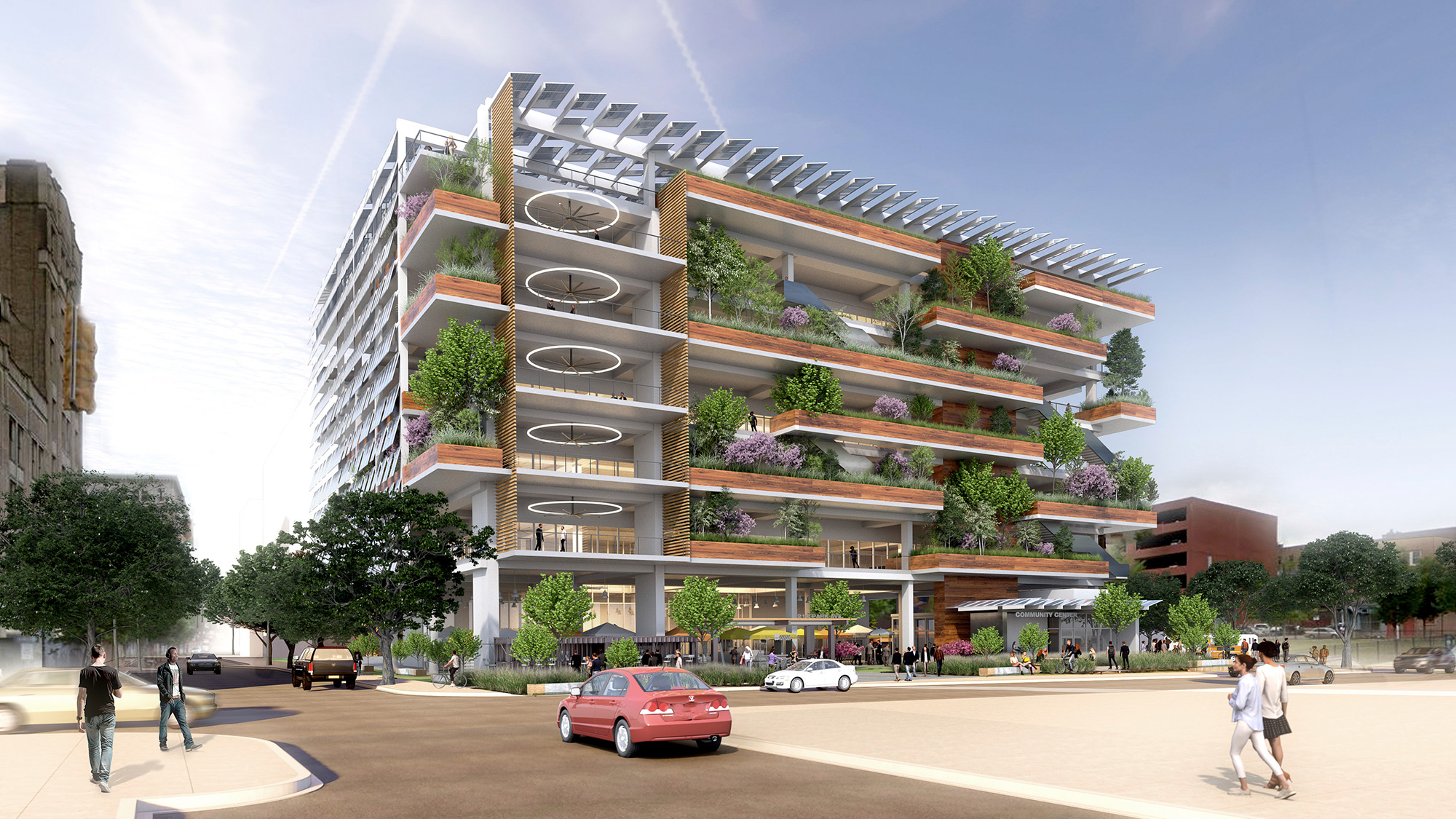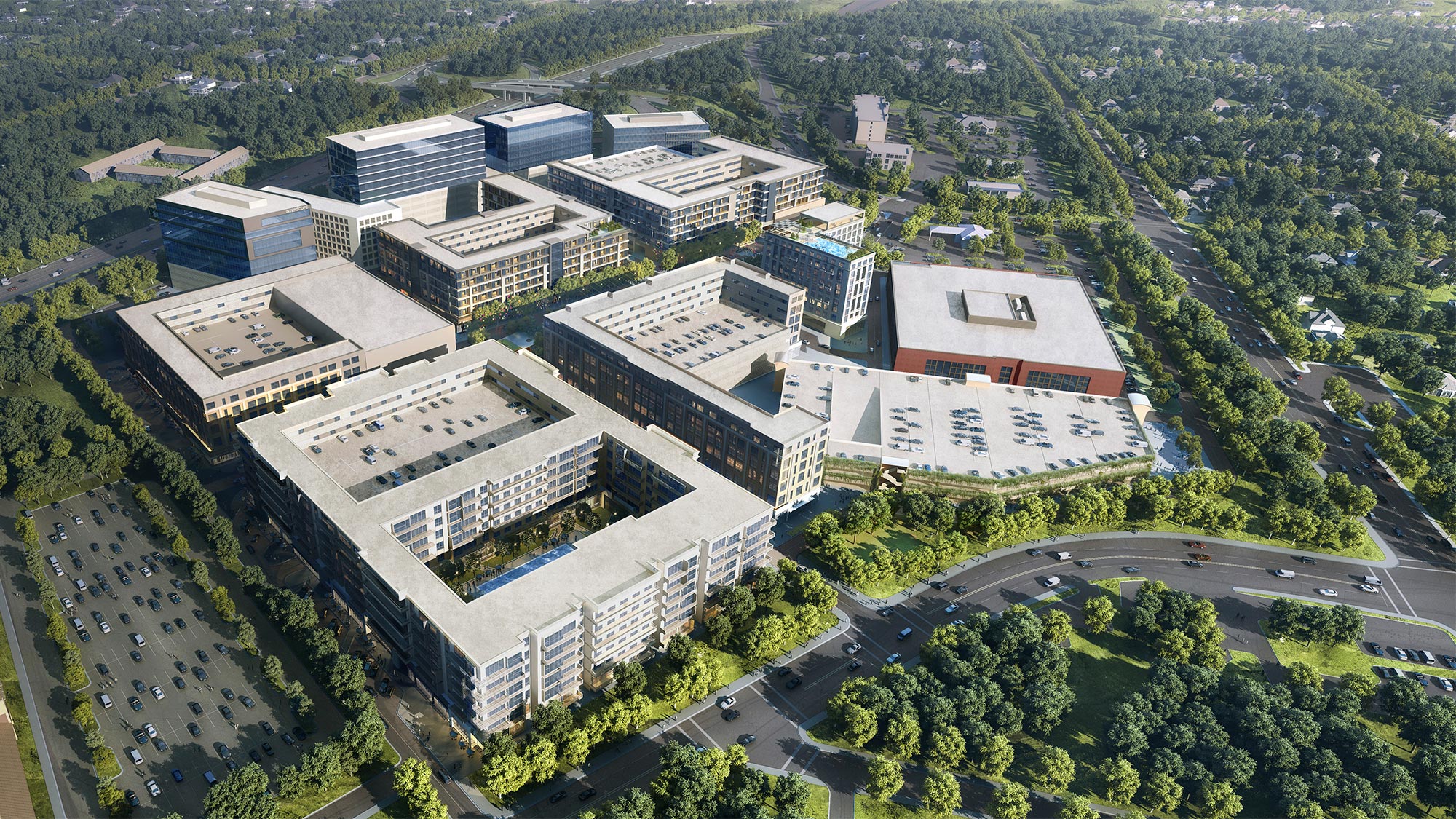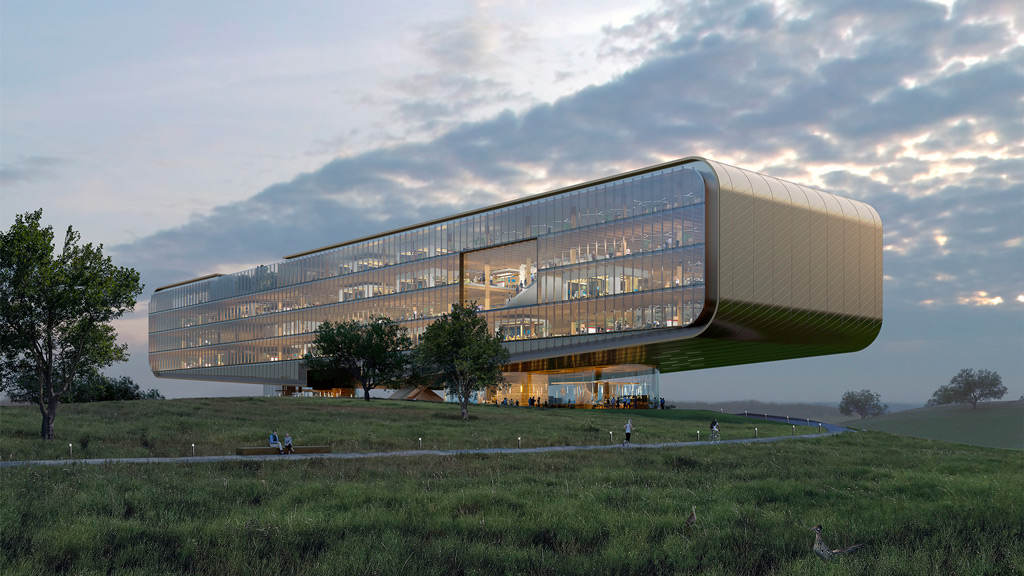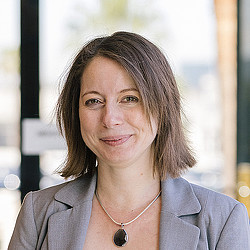The Future of ESG in Architecture
By Stacey Olson, Anthony Brower, and Audrey Handelman
Editor's note: This blog is the first in a two-part series on the role of ESG in our industry. Explore our latest blog on 5 ways ESG can influence design.
Environmental, social, and corporate governance (ESG) goals have continued to be a hot topic since emerging in 2020. But how exactly do those terms apply to the architecture and design industry? And how do we measure our impact and progress towards those goals?
The idea of ESG — or investing your money to make a positive impact for others — is nothing new. Over the last 100 years, it’s been referred by a number of names including “moral capitalism” and “social responsibility.”
Recently, ESG has taken on a far more urgent tone as companies feel pressure to address climate change and social progress. Increasingly, businesses recognize the need to show what impact they’re making on the environment and the community. In architecture and design, ESG refers to how businesses use their buildings and spaces to invest in environmental and social initiatives.
There are many ways to build for sustainability and social equity: from energy-efficient fixtures that reduce a building’s operational carbon footprint, to mobility features that improve community access to amenities. In addition to social and environmental benefits, ESG brings value to developers: Climate-ready, “healthy” buildings are more valuable, attract and retain better talent, and are future-proofed to protect investments in the long term.
There’s also money available through green loans and ESG-focused investments. In 2021, Wall Street banks projected that the sector would need $60 trillion worth of investment by 2040. With our clients, we’ve seen that securing financing is easier when builders and developers can show the project has — or will have — a positive, measurable ESG impact.
Scoring ESG
Measuring the impact of ESG goals, however, is complicated. Currently, there are no set standards on how to measure the ESG features of a building or development. In fact, organizations across many industries are still trying to figure out how to score themselves against ambitious ESG goals. While organizations like the GRESB offer assessments of ESG performance and sustainability best practices, they do not yet meet the needs and opportunities of diverse project types.
A team at Gensler is changing that by developing design guidance and strategy to add clarity and specificity to ESG metrics in ways that are more specific to building typologies. In the fall of 2021, Gensler began to research and identify a variety of building features that could be reliably measured. We call this work “Measurable Impact.”
As it stands right now, ESG is a backwards-looking tool — companies tend to build first and then measure impact. Our research hopes to flip the script and show how ESG metrics can influence and drive design. Currently, many of the social- and wellness-focused metrics get placed in the “Governance” category. We’re creating a more relevant breakdown that includes environmental, social, and wellness aspects — and then considers how those aspects influence the experience of a place.
Typically, companies who want to adopt ESG principles in their buildings and spaces look to a set of traditional features, including green certification rating systems like LEED, simple building upgrades like high-efficiency lighting retrofits, and neighborhood assessments like Walk Score. As part of our research, we created an office building concept for a proposed site in Baltimore called the “Morphable Office” that rethinks the office paradigm with a focus on sustainability, wellness, and experience.

Through Measurable Impact, Gensler is looking at 10 diverse practice areas — from sports and aviation, to hospitality and office developers — to identify key ESG features across different industries. Our goal is to find new ways to measure impact that are overlooked by the current rating systems, and that are specific to building typologies.
In total, Gensler is currently assessing the ESG value of 70 metrics — from the thermal performance of outdoor space, to optimizing how the public accesses amenities, to low-carbon construction materials. These metrics look beyond the building itself as they seek to measure how a project can benefit the surrounding neighborhood as well.
For example, research has shown that areas without tree-lined streets are 5 to 7 degrees Fahrenheit hotter than adjacent neighborhoods with a proper tree canopy. For retail, mixed use or other projects in industrial areas that want to create value in ESG metrics, supporting the neighborhood with a tree canopy could be an ideal way to invest.

Measurable Impact also seeks to quantify the social or community-focused goals that can be hard to define. For instance, our sciences practice recently unveiled an ultra low-carbon, highly flexible lab building with a restaurant incubator and community space at street level. Using the metrics of Measurable Impact, we can gauge how the project helps meet our goals for resilient, environmentally friendly design, as well as having a positive impact on the community.
Evolving Regulations & Expectations
Our Measurable Impact research is ongoing. While we continue to fine tune the ways we collect and quantify environmental, social, and wellness goals, we are also searching for new organizations to partner with as we discover new ways to design with these goals in mind.
It’s also increasingly important for clients to see how they’re benchmarked against their peers. Different sites are sprouting up that compare ESG scores between companies — investors are starting to take note, and some businesses are now scrambling.
Through Measurable Impact, Gensler’s goal is to help forecast the future of design that will shape future ESG results. We hope to create a more interesting visualization of what ESG metrics could be, and what they look like in the real world. We want to create design opportunities that will perform better when our clients do their own ESG reporting.
Ultimately, the goal is to help clients stay relevant and attract investors while discovering how to design cities, buildings, and places that are better for everyone.
For media inquiries, email .

